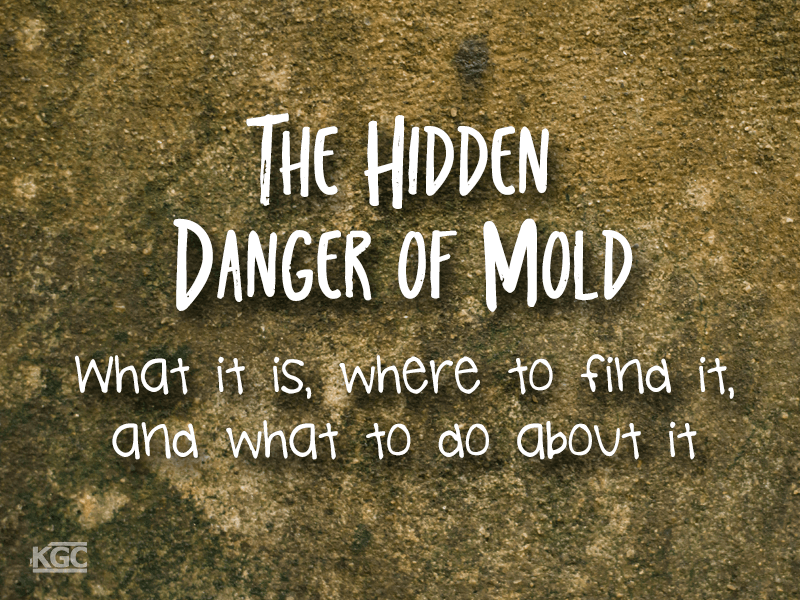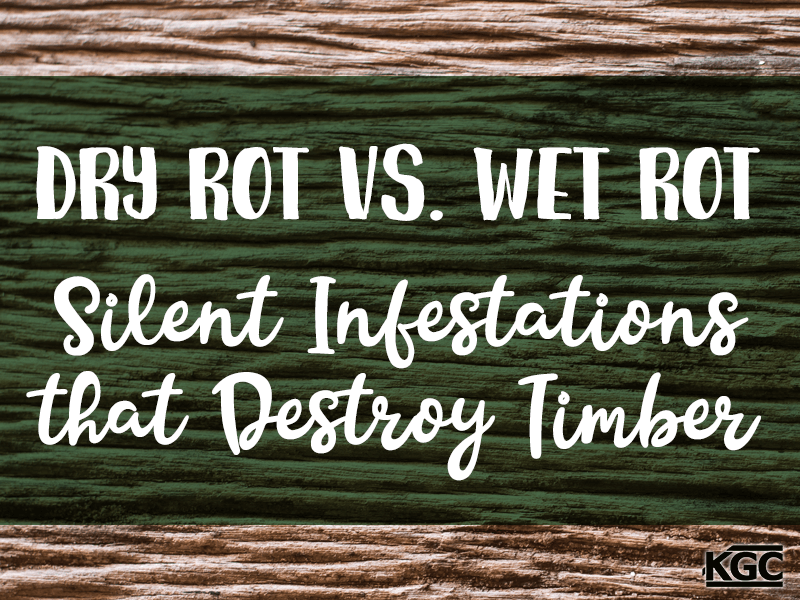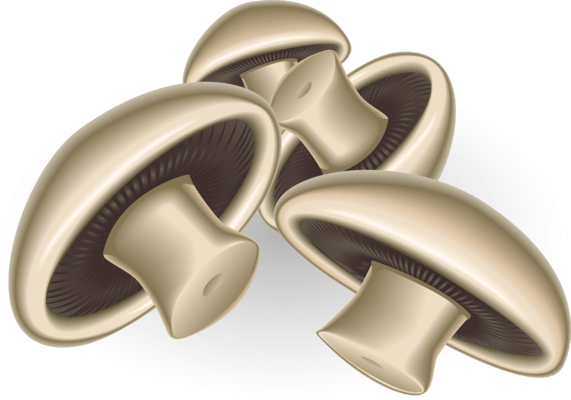-

·
The hidden danger of mold: what it is, where to find it, and what to do about it
Mold in your home is unsightly and can cause health issues. Find out how to prevent mold infestation and keep your health and home strong and healthy.
-

·
Dry Rot Versus Wet Rot: Silent Infestations that Destroy Timber
Discover how to treat dry rot and wet rot, two forms of fungal decay that attack wood, grow and spread, and require different treatments.
-

·
The Party’s Over: Getting Rid of Dry Rot in Your Roof
There’s a little wood, a little moisture, a little warmth… and the next thing you know, there’s a fungus party being thrown right above your head in your roof! Find out more about dry rot, how to prevent it and how to eliminate it.
